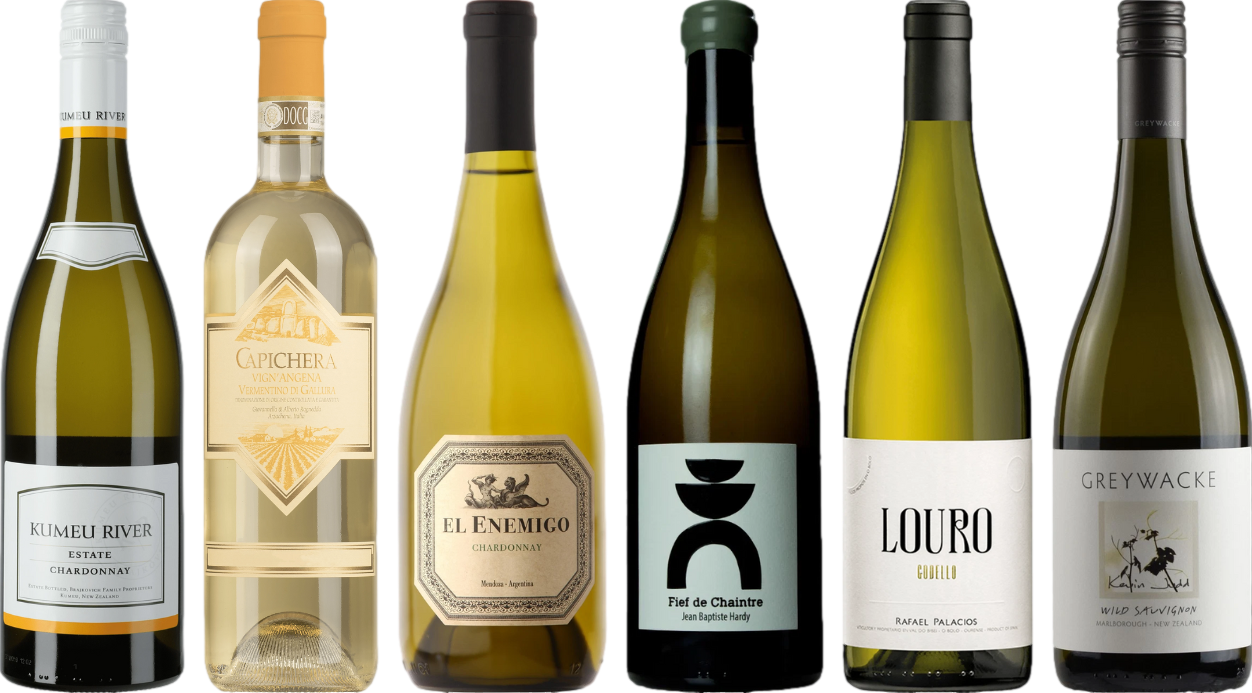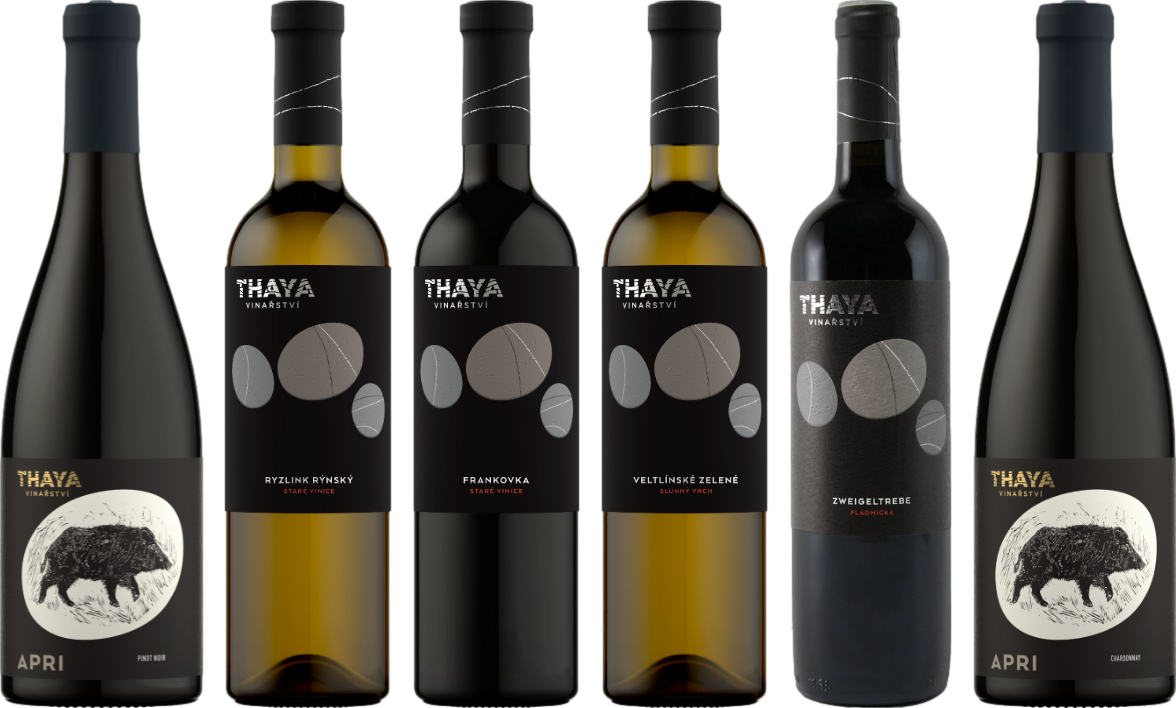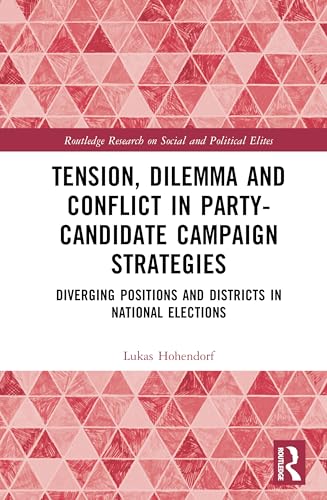



Aim for a temperature range of 45°F to 55°F (7°C to 13°C) for optimal enjoyment. Using a wine cooler or an ice bucket filled with ice and water can achieve this. Allow the bottle to chill for at least 30 minutes before pouring, ensuring the flavors and aromas are fully developed.
Choose the appropriate glassware. A narrow bowl helps preserve the crispness, while a wider opening can enhance the aromatic profile. Consider the shape of the glass based on the varietal; for instance, Sauvignon Blanc benefits from a more tapered shape, while Chardonnay shines in a broader glass.
Pour gently, filling the glass to about one-third full. This allows room for the wine to breathe and enhances the olfactory experience. Swirling can help release the bouquet, but be mindful of the wine’s character–some are more delicate than others.
Pair with suitable appetizers. Light salads, seafood, or chicken dishes complement the freshness of many varietals. Consider flavor profiles; a fruity Riesling pairs well with spicy Asian cuisine, while a crisp Pinot Grigio enhances a plate of oysters.
Choosing the Right Glass for White Wine
Selecting an appropriate vessel significantly enhances the experience. Opt for a glass with a narrower bowl and a tapered rim. This design concentrates aromas, allowing for a more intricate olfactory experience.
Glass Types
Consider these common types:
| Glass Type | Description |
|---|---|
| Sauvignon Blanc Glass | Features a narrower bowl, ideal for preserving crispness and highlighting acidity. |
| Chardonnay Glass | A wider bowl accommodates the fuller body, enhancing the richness of the flavor. |
| Universal White Wine Glass | Versatile option suitable for various styles, balancing aroma and taste. |
Material Considerations
Choose crystal or high-quality glass for clarity and brilliance. Thin glass can enhance the tactile experience, allowing for a more refined drinking sensation.
Always ensure the vessel is clean and free from residues. This allows the true character of the beverage to shine through, free from any distracting flavors.
Optimal Serving Temperature for White Wine
The ideal temperature range for chilled varietals typically falls between 45°F to 55°F (7°C to 13°C). Lighter wines, such as Sauvignon Blanc and Pinot Grigio, shine best when served around 45°F to 50°F (7°C to 10°C). On the other hand, fuller-bodied options like Chardonnay and Viognier benefit from a slightly warmer serving at 50°F to 55°F (10°C to 13°C).
It is important to note that serving at the right temperature enhances the aromatic profile and taste experience. Use a thermometer for accuracy, as relying solely on visual cues can lead to suboptimal enjoyment. If the bottle is too cold, the flavors may be muted; if too warm, the alcohol may overpower the palate.
Chilling Techniques
For quick chilling, consider an ice bucket filled with a mix of ice and water, which can reduce temperature efficiently within 15-20 minutes. Alternatively, placing the bottle in the refrigerator for two hours prior to serving will achieve the desired coolness without risking over-chilling. Avoid placing the wine directly in the freezer, which can lead to freezing and potential bottle breakage.
Temperature Management
As the wine warms in the glass, it can reveal new layers of complexity. Therefore, monitor the temperature during the tasting session and adjust accordingly. If the wine begins to warm too much, a quick chill in the ice bucket can restore balance. Remember, a well-chilled beverage can elevate any dining experience, akin to using pressure washers for tennis courts to maintain an immaculate playing surface.
Decanting vs. Pouring: Best Practices
Decanting is rarely necessary for lighter varietals, but it can enhance the experience with fuller-bodied options. If choosing to decant, a gentle approach is vital. Use a narrow-necked decanter to minimize exposure to air, allowing for a gradual introduction of oxygen. Aim for a decanting time of 30 minutes to an hour for optimal results.
Pouring directly from the bottle is often the preferred method for most lighter styles. Maintain a steady hand and tilt the bottle gently to control the flow. Fill glasses to about one-third to allow for proper aeration and appreciation of the aromas. Avoid pouring too much, as this can overwhelm the palate and mask subtle flavors.
When considering sediment, particularly in aged varieties, decanting allows for separation from the wine. In such cases, pour slowly and stop before sediment reaches the neck of the bottle. This ensures a clean pour, preserving the clarity and taste of the liquid.
Both methods have their place. Understanding the specific characteristics of each type will enhance enjoyment and appreciation. Ultimately, the goal remains to highlight the unique profiles and nuances of the chosen varietal.
Pairing White Wine with Food: Key Tips
Opt for crisp varieties like Sauvignon Blanc or Pinot Grigio when serving seafood. Their acidity complements the flavors of fish and shellfish beautifully. For richer dishes such as lobster or creamy pastas, Chardonnay, particularly those aged in oak, enhances the experience with its buttery notes.
Consider contrast when selecting accompaniments. A sweet Riesling pairs well with spicy Asian cuisine, balancing heat with sweetness. For herbaceous dishes, like a salad with fresh greens and basil, a zesty Verdejo or Albarino can elevate the meal’s freshness.
Temperature plays a role in pairing. Serve chilled bottles with lighter fare to maintain the refreshing aspect. As the temperature rises, the wine’s character evolves; thus, consider transitioning to fuller-bodied options with heartier dishes.
Textures matter. A sparkling white can add excitement to fried foods, cutting through the richness while enhancing the overall flavor. Creamy cheeses find their match in a well-structured Viognier, which can mirror the lushness of the cheese.
Experimentation is key. Don’t hesitate to try unconventional pairings. A Sauvignon Blanc with grilled vegetables or a Chenin Blanc with spicy tacos can surprise and delight. Listen to your palate and enjoy the discovery of new combinations.
Storing Leftover White Wine: Best Methods
To maintain the quality of unfinished bottles, utilize a vacuum pump to remove air, significantly slowing oxidation. This method can extend freshness for up to a week.
Alternatively, consider transferring the remaining liquid into a smaller container. Reducing the volume of air in contact with the liquid helps preserve flavors and aromas.
Store the bottle upright in a cool, dark place, or better yet, in the refrigerator. The lower temperature inhibits spoilage and keeps the taste intact for longer periods.
For sparkling varieties, cork the bottle tightly and keep it chilled. A special sparkling wine stopper can also help retain carbonation.
Regularly check the wine for changes in flavor or aroma. If you detect any off notes, it’s best to discard it.
- Use a vacuum pump for longer preservation.
- Transfer to a smaller container to minimize air exposure.
- Store upright in a cool, dark environment.
- Refrigerate to slow down degradation.
- For sparkling options, utilize a proper stopper.









